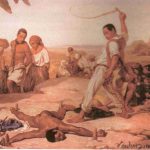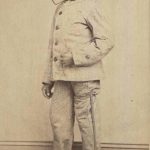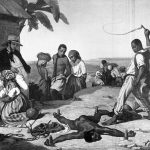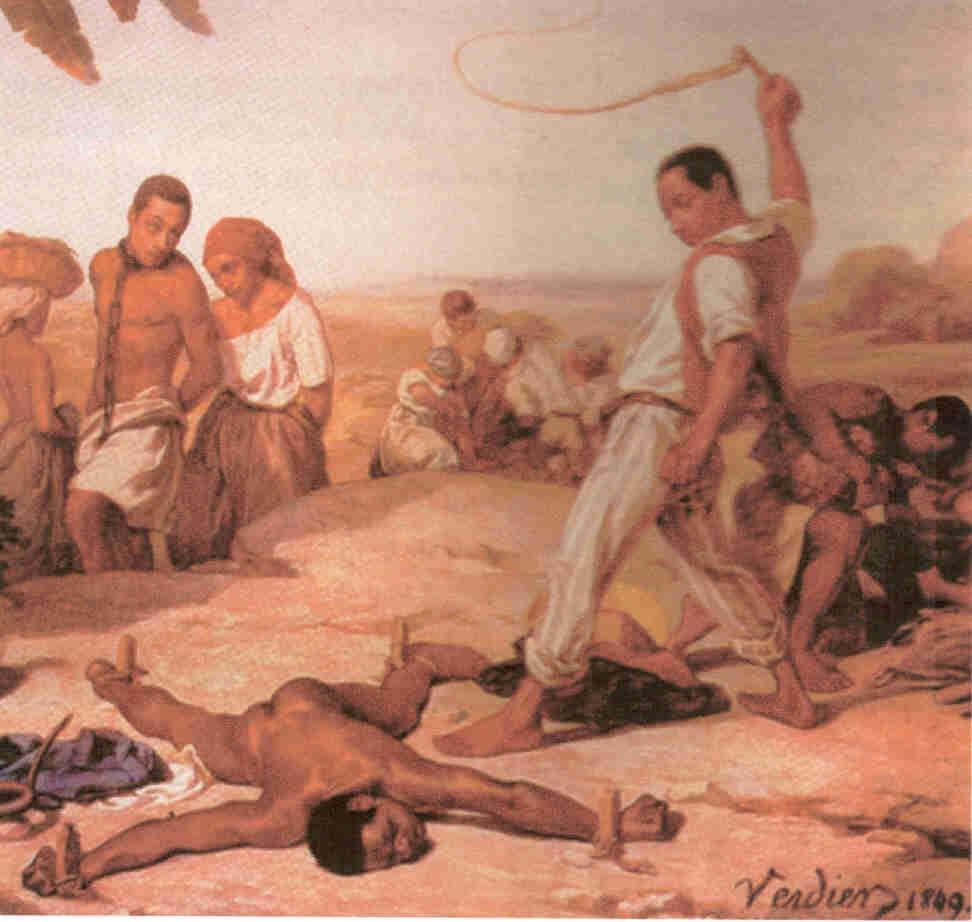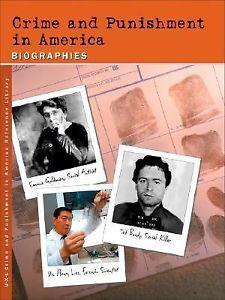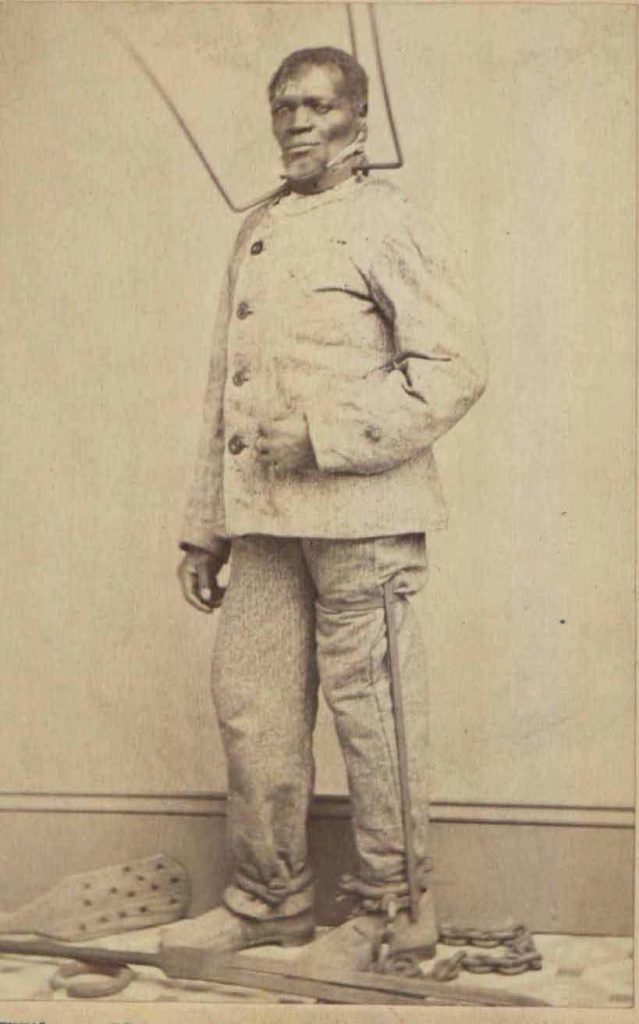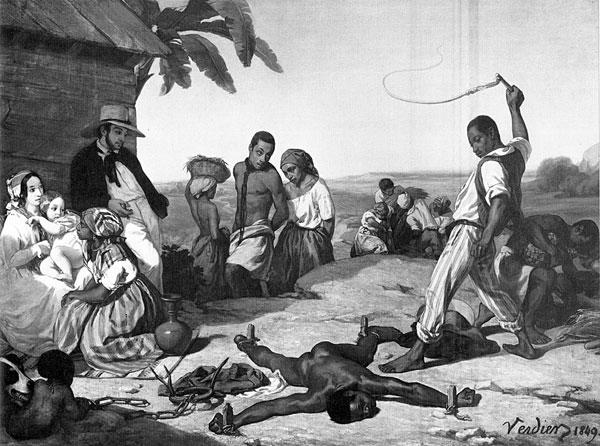In the first permanent English settlement at Jamestown, Virginia, established in 1607, the Virginia Company established a form of military law to enforce
order. The Lawes Divine, Morall, and Martiall (1611) imposed harsh sanctions for many crimes, including economic crimes. For example, Virginia law
imposed capital punishment for colonists who left without permission. Death was also the sanction for seamen who entered Virginia and sold goods at
prices below those prescribed by the colony’s government. After the creation of a House of Burgesses in 1619, Virginians ended their short but harsh
experience with martial law.
The American colonies received the full spectrum of punishments employed in England. In small colonial communities, shaming punishments were
especially important. Usually very public in nature, they were intended to cause humiliation such that the offender would not again step out of line.
Warnings and fines were the weakest forms of punishment employed for small offenses. More serious crimes led to the use of the stocks, the pillory, or
whipping. For offenders deemed likely to reoffend, communities employed more permanent shaming punishments such as mutilation (for example, the
cutting off an offender’s ear). Adulterers might be required to permanently wear the letter A denoting their crime, while a murderer could have an M
branded on his or her hand. Repeat offenders could also be banished.
As in England, the death penalty was the ultimate form of punishment, with hanging the standard method of inflicting death. Murder and rape were usually
capital crimes. The early leaders of the colonies also imposed the death penalty for several crimes that in England were not capital offenses, though, for
the most part, the colonial courts actually hung few people for these offences. For example, Massachusetts made adultery a capital offense, but
executions for adultery ended by the mid-seventeenth century. Similarly, the courts of New England ended hangings for buggery after 1673. Despite the
extension of capital punishment to a few additional crimes, the colonies inflicted the death penalty less frequently than did authorities in England. Before
1660, Massachusetts executed fifteen people; and prior to the American Revolution, Pennsylvania executed only ninety-four people.
Incarceration was not an important form of punishment during the colonial period. The notion that separating criminals from the general population would
lead to reform was a foreign idea; instead, it was thought important that a criminal should be exposed to the censure of his or her fellow citizens.
Therefore, the penitentiary was not developed until the nineteenth century.
Jails, however, existed during the colonial period. For example, the first Boston jail opened in 1635. By 1776, each of the 14 counties in Massachusetts
was required to have a jail. Jails were typically small and unimpressive structures that served a variety of functions. They held debtors and prisoners
awaiting trial or punishment. Jails were intended to coerce compliance rather than to apply sanctions or rehabilitate. Living conditions in these jails were
deplorable. Often overcrowded, they typically kept inmates in communal rooms with few amenities and little heat or food. Houses of correction
supplemented jails, confining vagrants and paupers.
Punishment in America Photo Gallery

